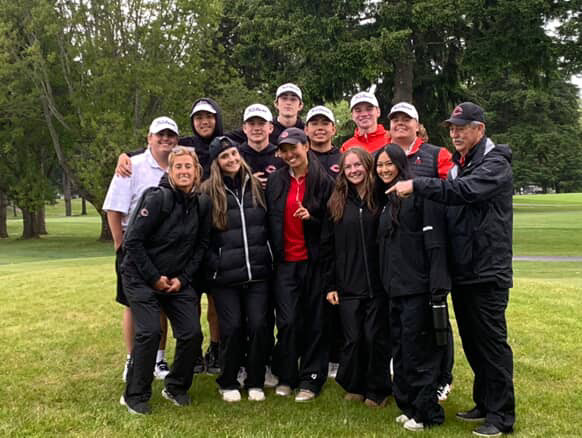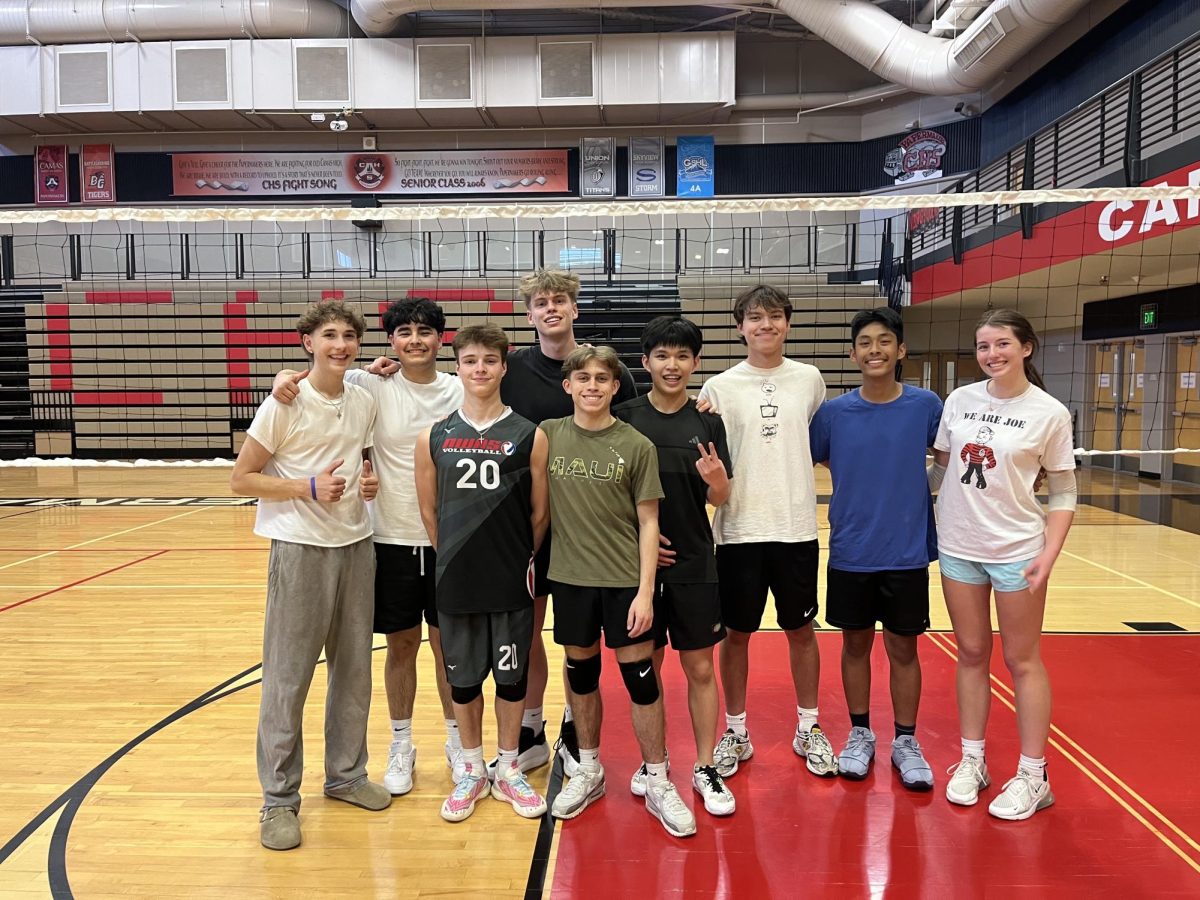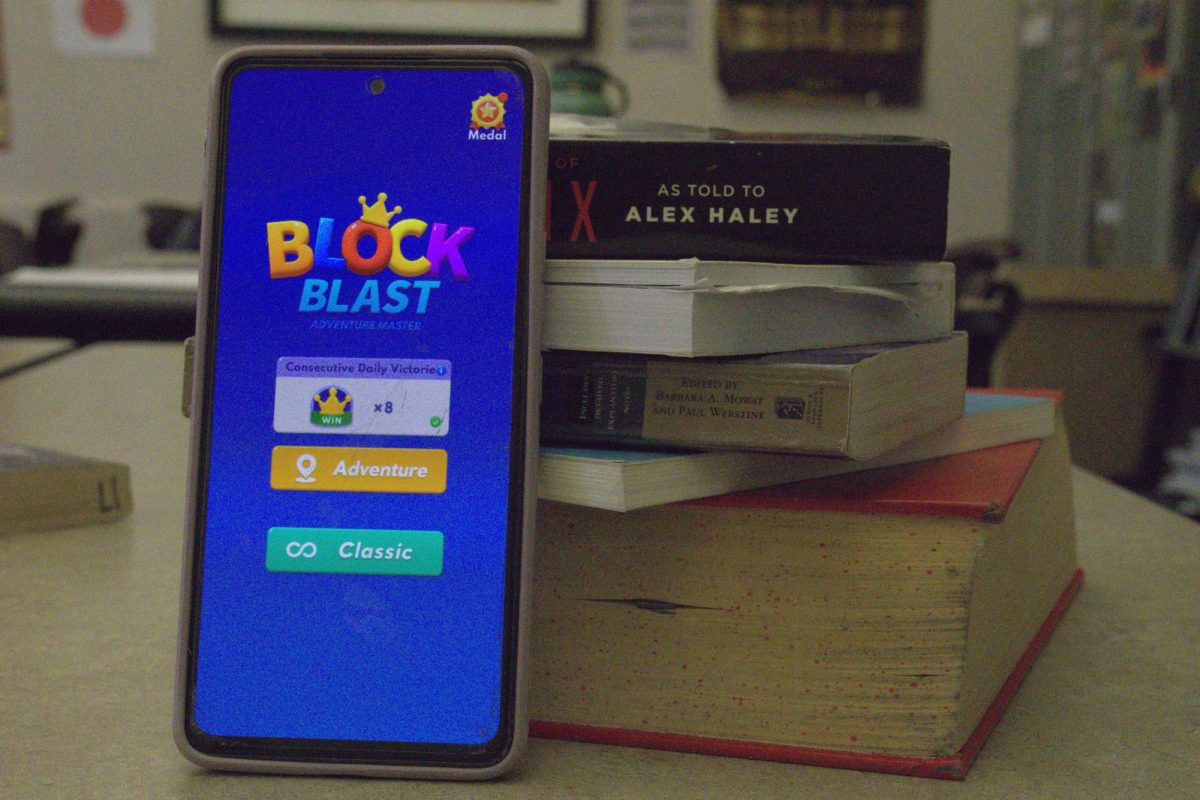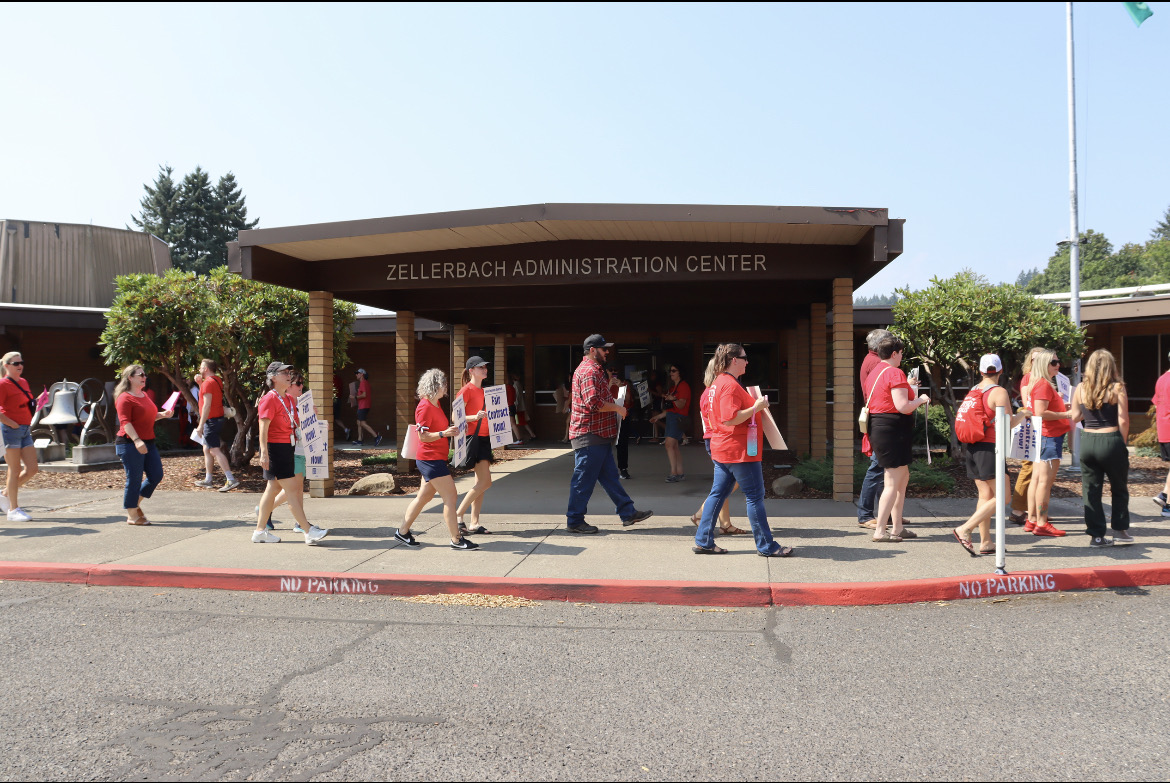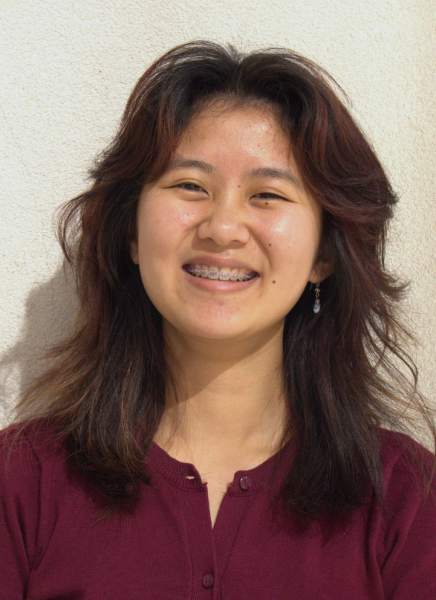Following a historic round of budget cuts and the first educator strike in the Camas School District (CSD), everyone wonders what the future holds regarding the relationship between school leaders, educators, and the community.
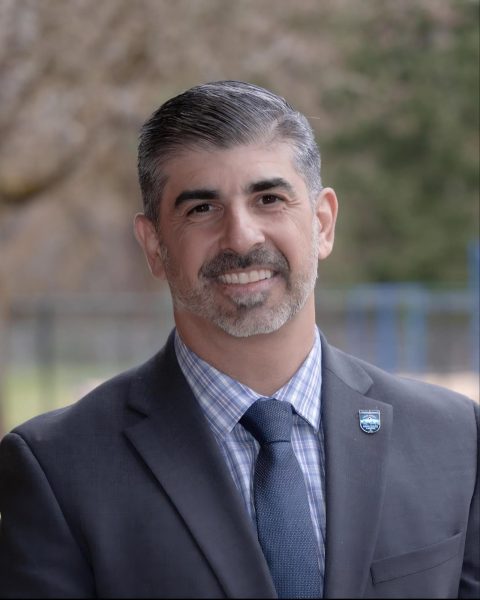
The round of large-scale reductions began last spring, as CSD Superintendent John Anzalone gathered principals, community members, the budget committee, and his team to prepare for the changes ahead.
One of the most impactful and controversial changes was the reduction of staff.
“We started looking at where could we cut without hurting the students the most,” Anzalone said.
Yet the positions district leaders eliminated included administrators and teachers, which are vital roles in a school district’s ability to operate. Those cuts were, in addition to the director of transportation, an integral job in keeping student bus travel time to a minimum.
Budget cuts also led to the discontinuation of the Freshman Success Academy at Camas High School (CHS). They even had Hayes Freedom High School (HFHS) in the crosshairs until a social media and community response prompted reconsideration.
“Community support helped district leaders see that Hayes provides a unique and important role alongside CHS, Discovery High School (DHS) and Camas Connect Academy (CCA) as a necessary option for high schoolers in Camas,” HFHS English teacher Mark Gardner said.
More recently, the Camas Education Association (CEA) went on strike to protest the new CSD proposed contract (the prior one expiring this year). The resulting eight-school-day delay to the start of the school year frustrated district administration, teachers, parents, and students.
The events of the past few months fostered alarm, apprehension, and confusion among many Camas residents. The apparent contradictions in some of the district’s decisions regarding the budget cut and the strike are particularly confusing.
One such contradiction focuses on instructional minutes. The shortening of what was previously known as “conference period” at CHS: 30 minutes designated at the end of the school day for students to consult with their teachers and make up work. This year, students now have “student support time,” which is 15 minutes long. School leaders wanted to meet the state’s requirement of a minimum of five and a half instructional hours per school day and the school-wide need to keep some form of conference period for student-teacher consultations.
“I used to work on my ceramics projects that take a lot of time and effort [during conference period],” CHS junior Cya Cook said.
However, in conflict with that, one of the schedule changes includes two “half-days” per month for all CSD secondary schools instead of just the one last year. While bargaining with the district, the CEA requested additional planning and collaboration time for [secondary school] teachers and schools as a whole.
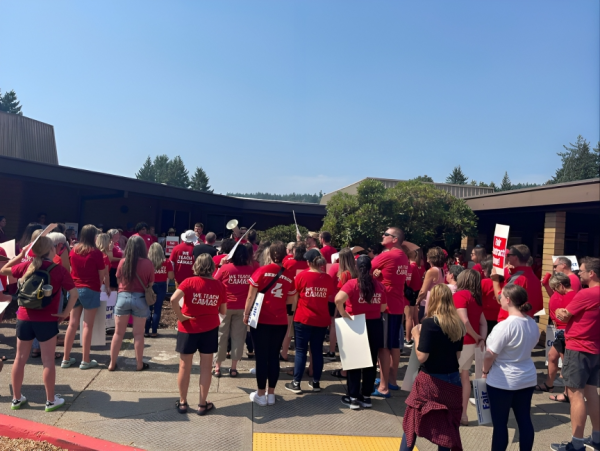
CHS Principal Kelly O’Rourke clarified that while it may seem counterintuitive at face value, the state of Washington counts half-days as a full day. Similar to inclement weather days (when the school day starts two hours later due to inclement weather), because they are scheduled as full days originally, they are counted as full days even though they have fewer instructional minutes.
CHS has also reduced the number of “advisory periods” (a period in which students are given time to work on their High School and Beyond plans under teacher instruction and discuss personal/academic strategies to facilitate future success) from one per week to one per month, to help increase instructional minutes.
There was also some contradiction regarding reduction in force (RIF) decisions, otherwise known as “riffing.”
Among the ” riffed ” teachers was CHS English teacher Zach Young, the head boys track and field coach. Young held one of the positions that got cut at the end of last year and was told there could be a possibility of getting his job back the following year, but due to the uncertainty, he found a new job as an English and social studies teacher at Corbett High School.
“Nobody in their life can sit around and wait for the possibility of a job coming back in August. Nobody can do that,” CHS math teacher Alisa Wise said, who is also the head girls track coach.
Though Young is now settled in a new school, his situation is shared by many, as CSD rehired many of the previously cut positions back this fall.
Anzalone explained that even though the district knew a strike was possible as early as the spring of 2023 (as many other Washington school districts experienced a similar situation), the CSD administration team did not let that knowledge affect their decisions about budget cuts.
“You never want to do cuts in order to save a strike. You have to do what’s best for the district,” Anzalone said.
Anzalone hopes to ease tensions moving forward by being available to community members. Attending various PTA meetings to answer the “tough questions,” meeting families, and forming genuine relationships are priorities for Anzalone in rebuilding rapport in a tight-knit community like Camas.
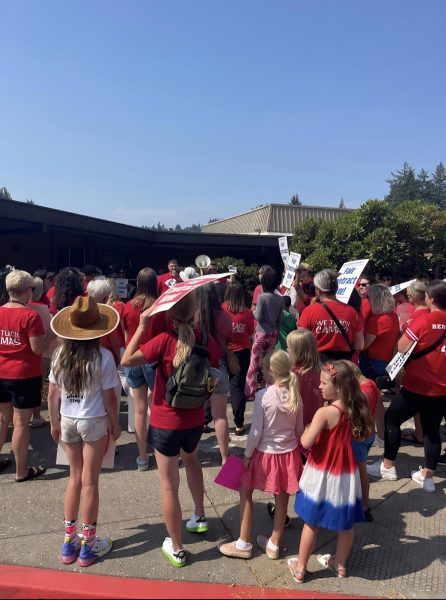
Teachers like Wise agree but wish Anzalone would reach out to schools and staff more specifically and sooner.
“We have yet, to this day, heard from him personally. Not in an email, not in ParentSquare, not anything. As a staff, we have yet to hear from him,” Wise said.
Anzalone does have plans to address recent events at a CHS all-staff meeting on Monday, November 6; there had been no availability before then.
Students, having been less involved, have fewer opinions on possible reparations moving forward.
“It all got resolved, and we are in school learning, getting our education,” CHS junior Victor Tran said.
If a similar situation occurs again, CSD leaders hope to improve by setting better ground rules to decrease group division. In addition, the CEA and district bargaining teams are doing an “after-action review” to go over the events that occurred before, during, and immediately following the strike, aiming to identify what went well and where mistakes were made.
“I’m excited about the future, and my promise to the community is that I’ll do my part to make sure we never see a strike again,” Anzalone said.

